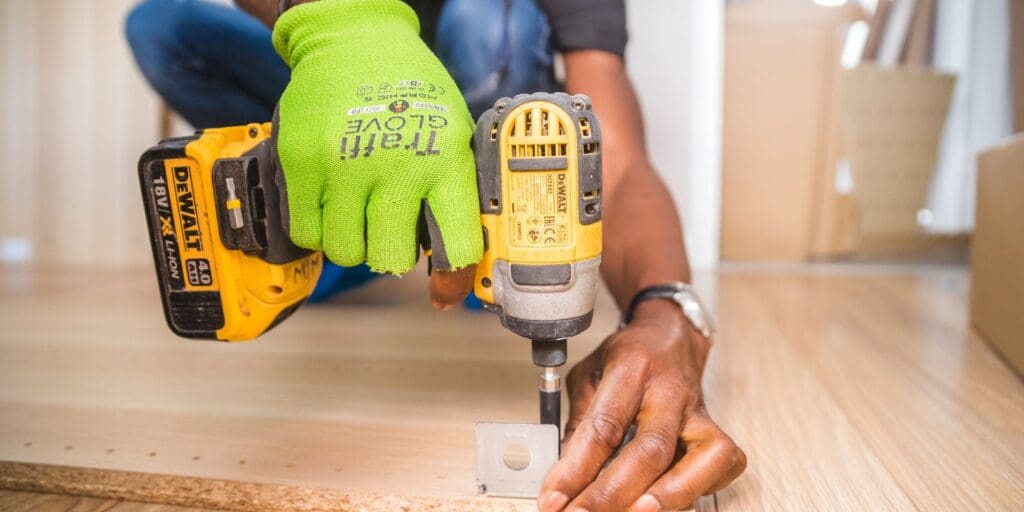Carpentry can be a lucrative trade. If you’re able to build structures using timber, then you’ll have a skill that’s in high demand – and that’s likely to be in demand in the future.
Whether you have years of experience as someone else’s employee, or you’re a determined amateur looking to get a start in the trade, starting your own carpentry business might be an appealing prospect. But exactly what’s needed to make a success of such a venture?
Conducting Market Research and Defining Your Niche
If you’re able to specialise in a particular niche, then you might be able to make more money. If everyone in your vicinity has a general skillset, and you have one that’s geared toward doing one particular task very well, then you might be at an advantage when you look for that kind of work. If you have experience renovating listed buildings, for example, you might look into that.
Of course, to do this successfully, you’ll need to know which kinds of work are in strong demand near you. This is where market research can be essential.
Acquiring Essential Carpentry Skills and Certifications
If you aren’t able to demonstrate your abilities, or you don’t have the required abilities in the first place, then you may find it very difficult to attract custom and build a reputation. This is where formal training and certification can be essential, especially if you’re putting together safety-critical structures. Sometimes, having the right skills can be what protects your reputation – and prevents you from ending up in a courtroom.
Investing in Quality Tools and Equipment
The truth is that you don’t need many tools to get started as a carpenter. You might already have built a stockpile of tools, and you might already know which ones are most important.
If you’re considering investing in new gear, then you might think about where you’ll be working. For maximum convenience, and the elimination of trip hazards, you might invest in a system of battery-operated tools. Cordless mitre saws, for example, might be an asset on any job site.
Understanding Legal Requirements and Business Setup
Knowing your trade is one thing. But running a successful business also tends to mean building up organisations and technical skills that have little to do with woodworking. Having a basic understanding of the law when it comes to health and safety will ensure that you and your clients are protected. You’ll also need to think about public liability insurance, which is essential whenever you’re working alongside the general public.
Marketing Strategies and Building Client Relationships
The best way to build your reputation, and fill your diary, is by providing excellent results, and addressing customer complaints promptly. Develop your relationships not just with your client base, but with your suppliers and contractors – both of which should be vetted thoroughly and regularly!

